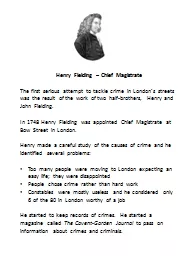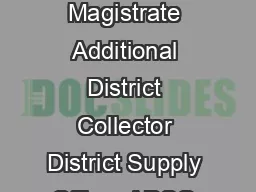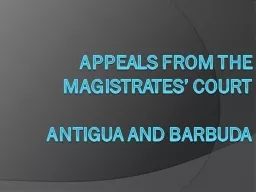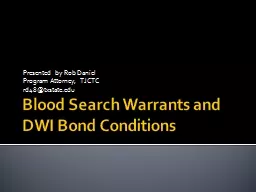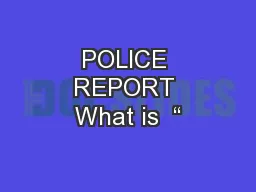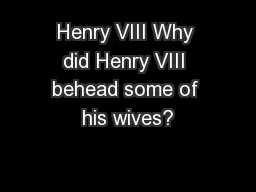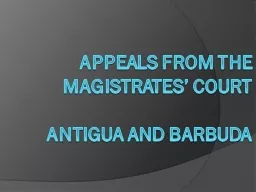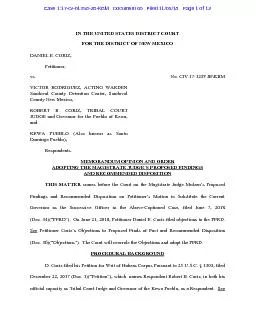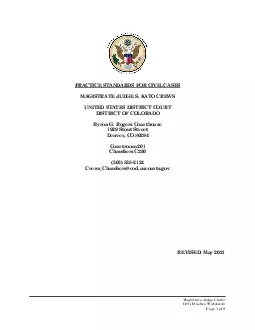PPT-Henry Fielding – Chief Magistrate
Author : calandra-battersby | Published Date : 2017-06-28
The first serious attempt to tackle crime in Londons streets was the result of the work of two halfbrothers Henry and John Fielding In 1748 Henry Fielding was appointed
Presentation Embed Code
Download Presentation
Download Presentation The PPT/PDF document "Henry Fielding – Chief Magistrate" is the property of its rightful owner. Permission is granted to download and print the materials on this website for personal, non-commercial use only, and to display it on your personal computer provided you do not modify the materials and that you retain all copyright notices contained in the materials. By downloading content from our website, you accept the terms of this agreement.
Henry Fielding – Chief Magistrate: Transcript
Download Rules Of Document
"Henry Fielding – Chief Magistrate"The content belongs to its owner. You may download and print it for personal use, without modification, and keep all copyright notices. By downloading, you agree to these terms.
Related Documents

